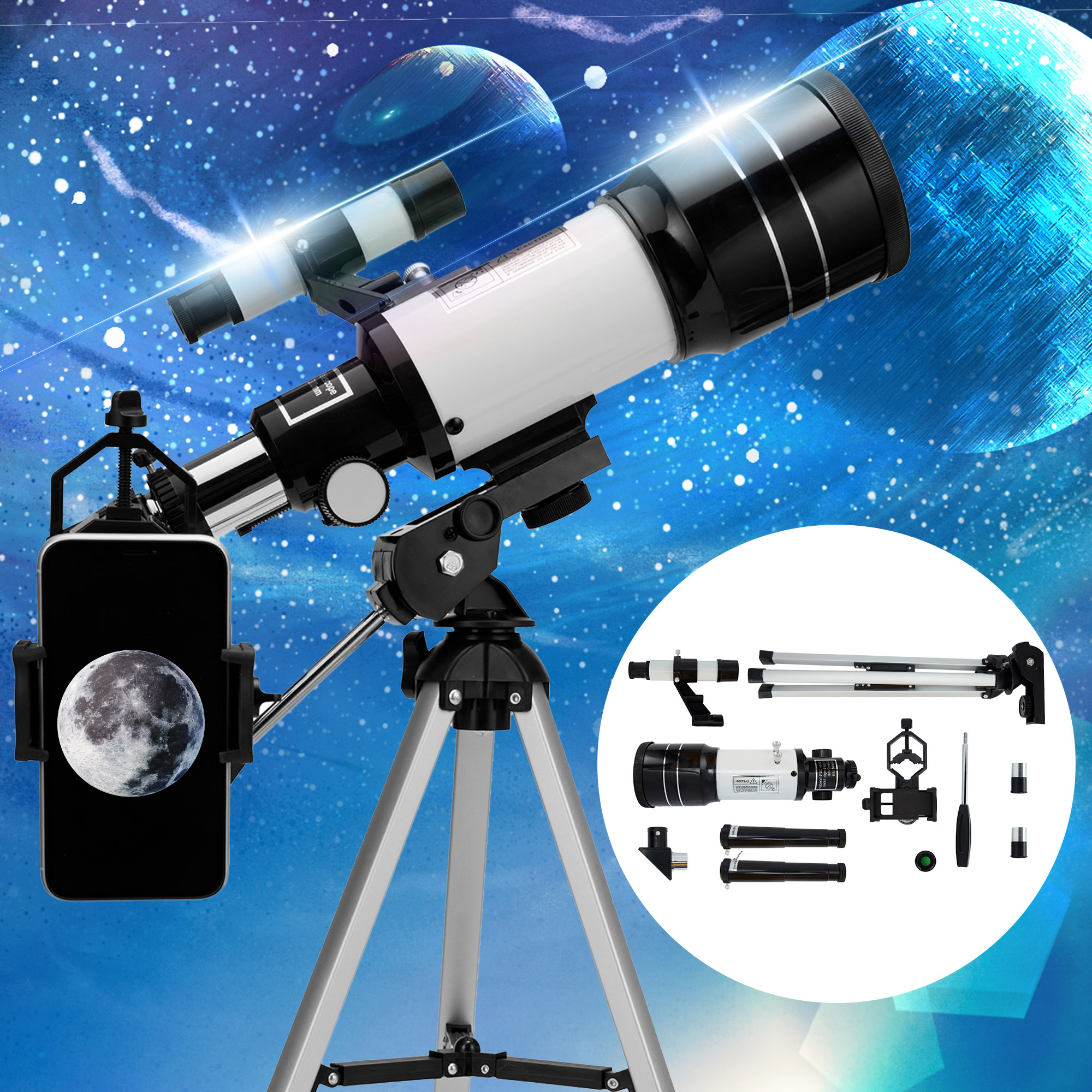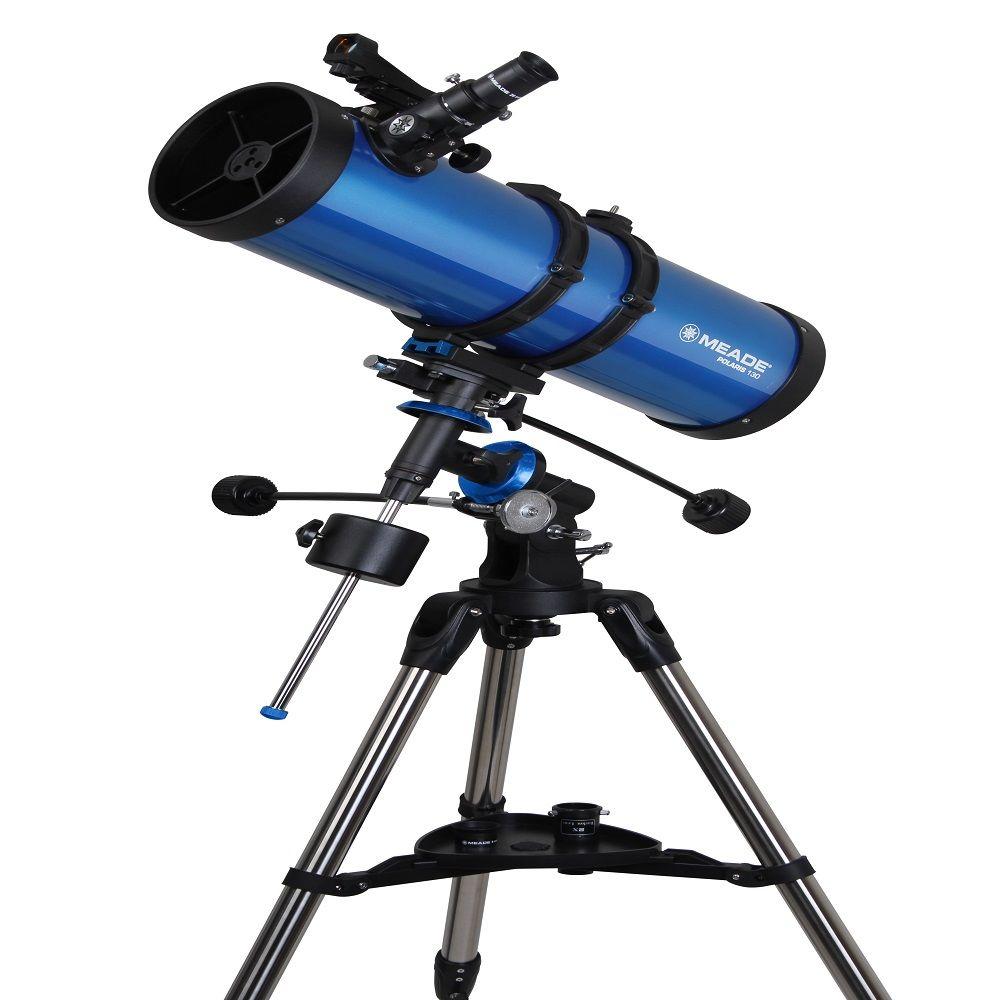

However, some telescopes type such as the Schmidt-Cassegrain have a fairly different optics setting and are equipped with secondary mirrors on which the light is bounced off before being sent to the focuser. For Astrophotography, I use the finder scope for my star alignment. Generally, when looking at a telescope, it’s safe to assume that a long tube means a long focal length and a short tube means a shorter focal length. Here is what you need to buy: Sale Astromania 2' 45-Degree Erecting Prism Diagonal for Telescope Image erecting BAK4 prism with anti-reflection coating. Here I cover the basics of using a finder scope.

In a refractor or a reflecting telescope, the focal length start at the aperture (primary mirror or objective lens) and ends at the focuser where the light rays come together.

The focal length is essentially the distance (in millimetres) that light travels inside the telescope from its entry point (the aperture) to the exit point (the focuser where you place your eyepiece or your DSLR camera, also called prime focus imaging). The long battery life illuminator uses two AAA batteries (batteries not included).Ĭompatible with the NEW Hybrid Finder Scope base or the Explore Scientific original finder base - either the standard base or the T-shaped base.A telescope work as follow: light is collected through the telescope aperture and is then transmitted toward the focal point (focuser) where it is focused for you to see through the eyepiece. Many customers tell us it is the best viewfinder/finderscope they have ever used on their telescopes. The deep red illumination is continuously variable to provide the desired brightness. The illuminated reticle of the 8x50 Viewfinder with its scale markings and open center not only helps you center objects precisely, but gives a reference of the exact field of view in degrees. The rays that hit the bottom of your objective will form the top of your image. This is because the eyepiece on a telescope’s objective will ultimately form the bottom of the image you’ll see. It’s just that the image you see through the viewfinder is being projected upside down. All optics are EMD Coated to insure maximum contrast. The viewfinder on your telescope is actually not upside down. Find high-quality stock photos that you wont find. The 55° apparent field, 16mm long eye-relief eyepiece produces a bright 7mm exit pupil and will allow you to find faint galaxies, comets, and nebulae. Search from 1690 Telescope Viewfinder stock photos, pictures and royalty-free images from iStock. Our illuminated reticle is truly designed for finding objects with its open center (so you don’t mask the object you are centering with cross hairs) and scale markings for 1.5°, 3°, and 4.5° (the edge of the field of view is the 6° boundary). In other words, things are not upside-down and backwards like most viewfinders. A precision polished roof prism produces images that are right-side-up, left-to-right correct.

This finder now includes the NEW long battery life Illuminator II. The Explore Scientific 8x50 produces a wide 6° field of view and allows precision focus of both main objective and eyepiece illuminated reticle. Enjoy great deals on Metal Finder Scope With Crosshair Viewfinder For Astronomical Telescope Finderscope LJ201111 at Bing Shopping Find what youre looking.


 0 kommentar(er)
0 kommentar(er)
